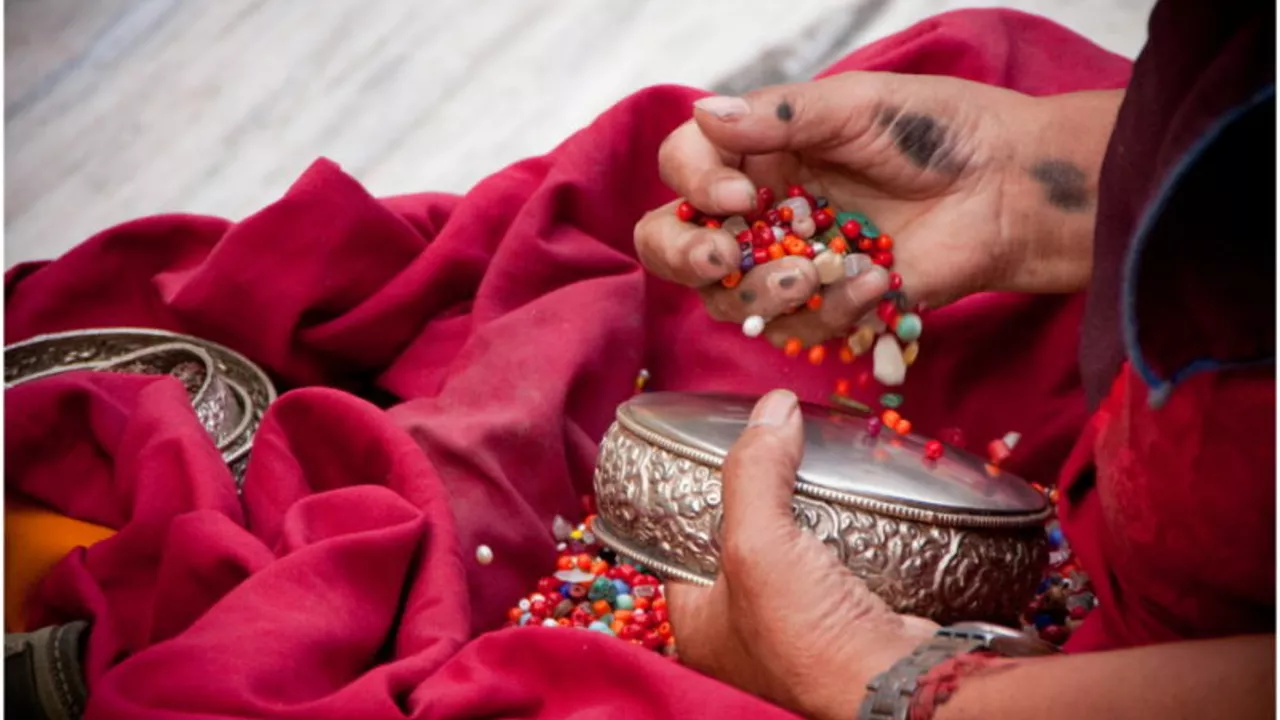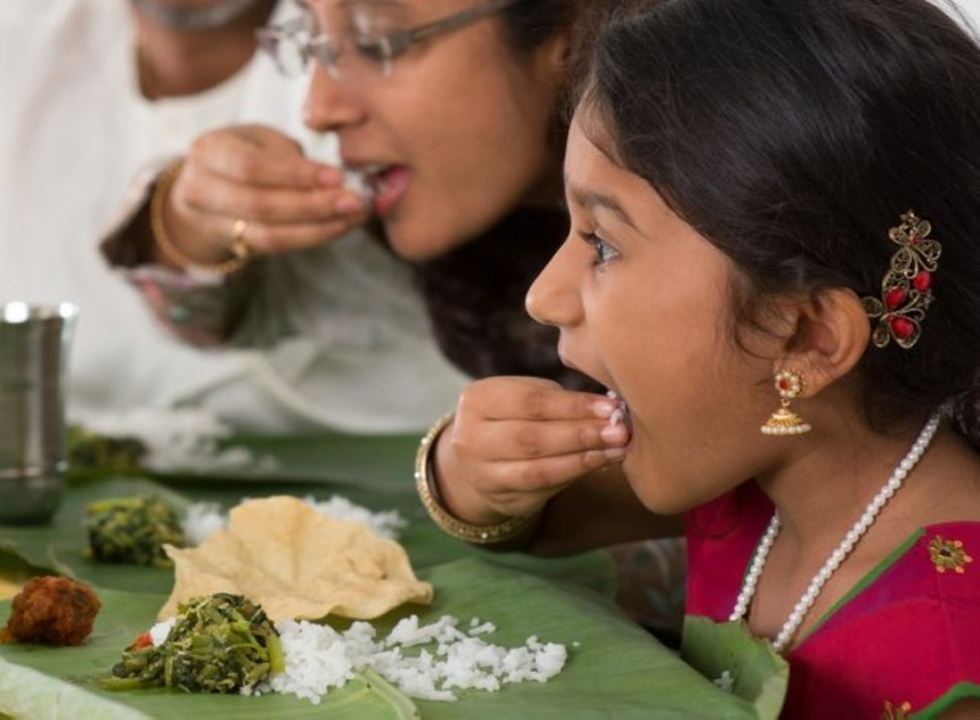Indian Culture: Traditions, Food, and Everyday Life
India is a huge mix of languages, colors, and habits. From north to south you’ll see different ways of dressing, cooking, and celebrating. Still, a few things tie everything together – love for family, respect for elders, and a love of flavor. Let’s break down what makes Indian culture so lively.
Food and Snacks
Food is the first thing you notice when you walk into an Indian home. Breakfast might be a simple paratha with yogurt, while dinner could be a spread of dal, rice, and a spicy curry. Street snacks like samosa, pakora, and chaat are everywhere, and you’ll find them in Indian grocery stores across the globe. If you’re in the U.S., look for the snack aisle in the local Indian market or try ordering online – you’ll be surprised how easy it is to get authentic flavors.
Spices are the secret sauce. Turmeric, cumin, coriander, and chili powder create the bold taste most people associate with Indian dishes. Even simple dishes get a kick because of these spices. And don’t forget sweets – gulab jamun, jalebi, and kheer end most meals on a sweet note.
Festivals and Customs
India’s calendar is packed with festivals, each with its own set of rituals. Diwali lights up homes with lamps and fireworks, while Holi turns streets into a rainbow of colors. Eid, Christmas, and Pongal are celebrated with equal enthusiasm, reflecting the country’s religious mix.
Most festivals involve family gatherings, special foods, and traditional clothing. You’ll see women in bright sarees, men in kurta pajamas, and kids wearing new clothes. These moments are also a chance to pass stories from grandparents to youngsters, keeping the cultural thread alive.
Even daily customs show respect. Removing shoes before entering a home, greeting elders with "Namaste," and sharing meals are simple but powerful habits. They reinforce community bonds and remind everyone of shared values.
Traveling across India, you’ll notice regional differences. In the south, rice and coconut dominate; in the north, wheat and dairy are common. Coastal areas love seafood, while the mountains favor barley and cheese. These variations add richness to the overall culture.
For anyone looking to dive deeper, start with a local Indian restaurant or a cultural event in your city. Try making a simple dish at home – a basic dal or a bowl of poha. You’ll get a taste of the daily rhythm and understand why food feels like a celebration.
Indian culture isn’t just a collection of traditions; it’s a living, breathing experience that changes with each generation. Whether you’re watching a Bollywood dance, listening to a classical raga, or just sharing a cup of chai with a neighbor, you’re part of a story that’s been written for centuries and is still growing today.

What is the most important thing in an Indian's life?
Alright my friends, let's delve into the fascinating world of Indian culture! The question of the day is, "What is the most important thing in an Indian's life?" Now, I know you're expecting me to say curry or Bollywood, but hold onto your chai! The answer is surprisingly simple: it's family. Yes, for Indians, families are the real 'Garam Masala' - the spicy mix that gives life its flavor! They are the heart and soul of every celebration, decision, and daily routine. So, next time you think about India, imagine a grand, colorful family gathering, not just the aroma of biryani!
View more
How is life being an Indian?
Being an Indian is a unique experience, as we are surrounded by diverse cultures and traditions. Life in India is a blend of ancient customs and modern advancements, which makes it both fascinating and challenging. The warmth and hospitality of people here make us feel connected and loved. We celebrate numerous festivals and enjoy a variety of delicious cuisines. Despite the struggles and obstacles, the sense of community and belonging makes life as an Indian truly special.
View more